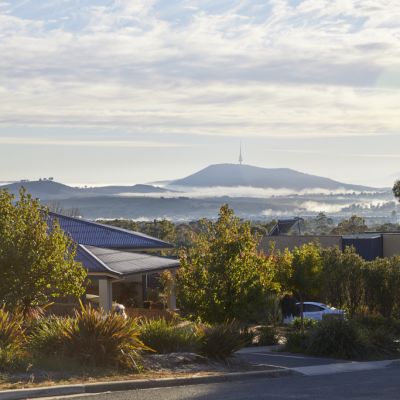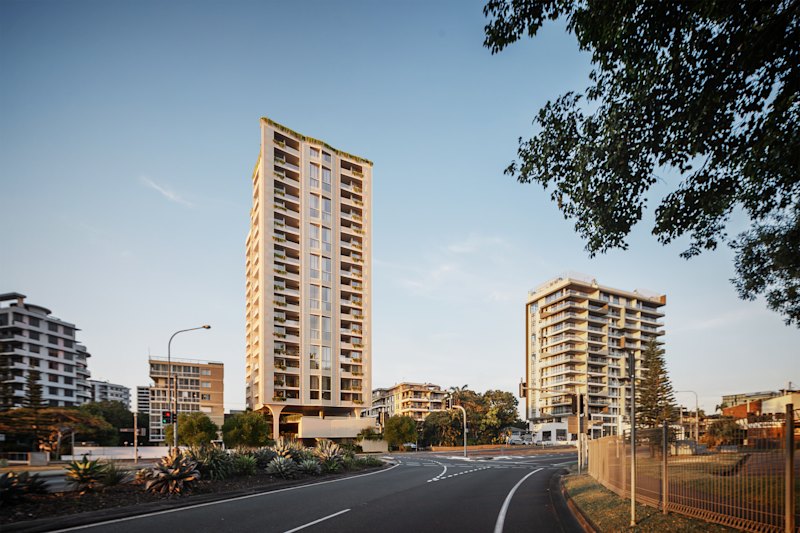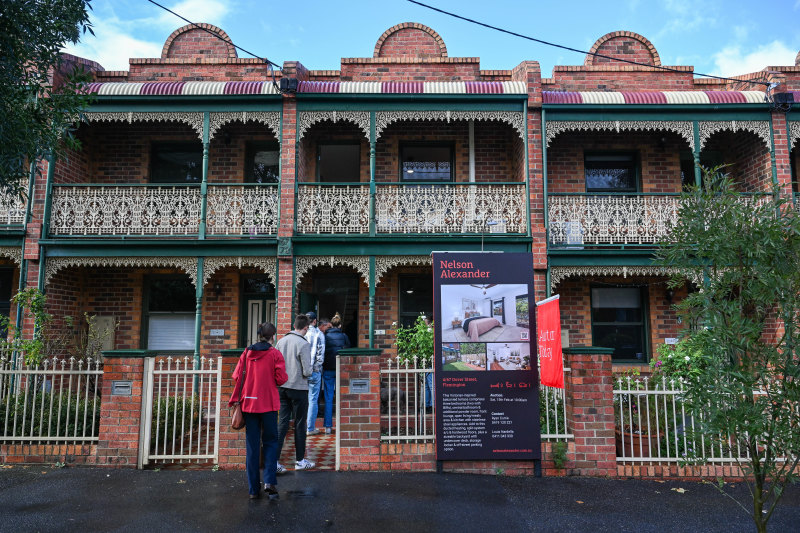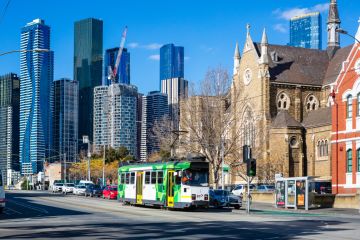Canberra house rents hit new record high but pace of growth slows: Report
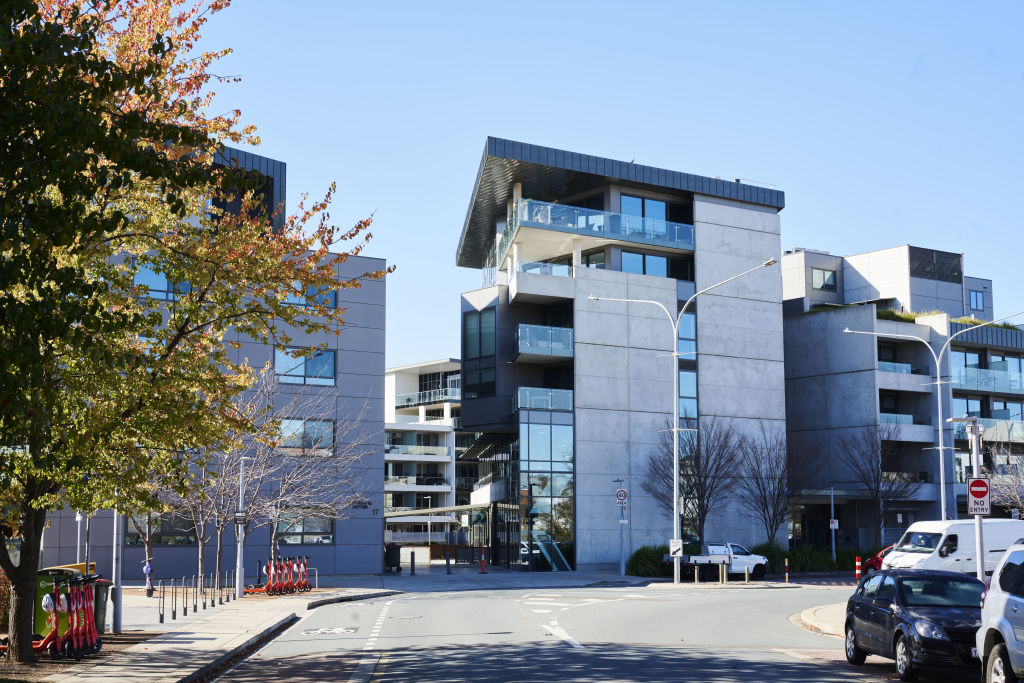
Canberra’s house rents have bounced back to record highs but the pace of growth has slowed, according to new data, offering prospective tenants a glimmer of hope in the rental market.
The Domain Rent Report for the December quarter, released on Thursday, revealed Canberra’s median asking price for a house was $690 a week, up 1.5 per cent over the quarter and 3 per cent year-on-year.
“While Canberra is the most expensive, it also has a higher average wage. That, in itself, helps lift rental prices,” said Domain chief of research and economics Dr Nicola Powell.
“However, rental growth continues to slow, with the annual pace at its lowest in two years.”
HOUSES | MEDIAN RENTAL ASKING PRICE
Capital City
Dec-22
Sep-22
Dec-21
Quarterly change
Annual change
Sydney
$650
$650
$580
0.0%
12.1%
Melbourne
$480
$470
$445
2.1%
7.9%
Brisbane
$550
$550
$480
0.0%
14.6%
Adelaide
$500
$490
$450
2.0%
11.1%
Perth
$530
$500
$460
6.0%
15.2%
Canberra
$690
$680
$670
1.5%
3.0%
Darwin
$620
$613
$590
1.2%
5.1%
Hobart
$550
$540
$500
1.9%
10.0%
Combined Capitals
$550
$530
$480
3.8%
14.6%
As for units, which have also reached a new record high, the capital had a median asking price of $560 a week, up 1.8 per cent over the quarter and 5.7 per cent year-on-year. Canberra is the second most expensive city in which to rent a unit, after Sydney at $575 a week.
Despite the steep cost, there is positive news with high vacancy rates alleviating pressure for prospective tenants.
UNITS | MEDIAN RENTAL ASKING PRICE
Capital City
Dec-22
Sep-22
Dec-21
Quarterly change
Annual change
Sydney
$575
$550
$485
4.5%
18.6%
Melbourne
$450
$425
$375
5.9%
20.0%
Brisbane
$480
$460
$420
4.3%
14.3%
Adelaide
$400
$400
$350
0.0%
14.3%
Perth
$430
$420
$390
2.4%
10.3%
Canberra
$560
$550
$530
1.8%
5.7%
Darwin
$520
$500
$480
4.0%
8.3%
Hobart
$465
$450
$425
3.3%
9.4%
Combined Capitals
$500
$485
$425
3.1%
17.6%
When COVID-19 first struck in early 2020, rent prices in the capital plummeted as the economy dealt with strict lockdowns but as Canberra returned to some level of normalcy, the rental market followed suit.
In March 2022, the vacancy rate was at a historic low of 0.5 per cent, but by December it had risen to 1.7 per cent, the highest it’s been in three years.
“This a positive sign for tenants because what they’ve battled in Canberra for the last few years were really tight rental conditions … now, they have more choice,” Powell said.
“If you were to speak to a tenant that was looking today versus early last year, they would tell you they were seeing slightly alleviated conditions.”
While the combined national vacancy rate dropped by 0.6 per cent year-on-year, Canberra’s vacancy rate bucked that, increasing by 0.6 per cent.
Former Belconnen resident Sophie Spokes noticed an increase in available listings when she was on the hunt recently for a one-bedroom apartment in Canberra’s inner-city suburbs including Braddon, Kingston and Barton.
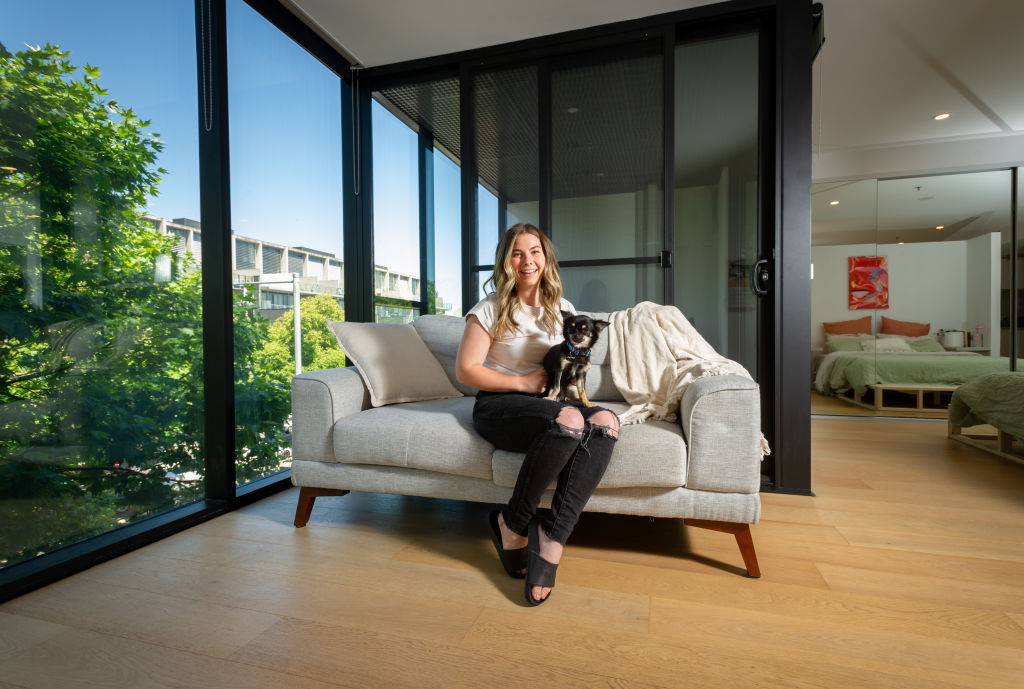
“There were definitely a few more options this time around when I was looking but it was still pretty competitive,” she said.
“I knew it wasn’t going to be easy to find anywhere and I was pretty keen on getting something quickly as well. So I went full steam ahead and was going to two or three open homes a day just to try and find one.”
Spokes eventually found a one-bedroom studio apartment in Braddon for $560 a week, on par with Canberra’s median asking price for a unit. According to the report, a unit in the Inner North had a median asking price of $580 a week.
“You’re paying for the lifestyle here,” Spokes said.
“The apartment’s great but it’s not anything amazing. I’m definitely paying for the location and lifestyle, which is what I wanted. In Belconnen, I needed to drive everywhere like the gym or drive to get food. In Braddon, everything is right outside my door.”
Rent prices across Canberra regions saw very little growth over the quarter and year with the exception of Queanbeyan, where the median asking price for a house increased by 1.5 per cent over the quarter and 10.5 per cent year-on-year to $660 a week.
For a unit, the median asking price increased by 2.5 per cent over the quarter and 17.1 per cent year-on-year to $410 a week.
Region
Property
Dec-22
Sep-22
Dec-21
Quarterly change
Annual change
Queanbeyan
Unit
$410
$400
$350
2.5%
17.1%
Queanbeyan
House
$660
$650
$598
1.5%
10.5%
Gungahlin
Unit
$530
$530
$480
0.0%
10.4%
South Canberra
Unit
$600
$590
$550
1.7%
9.1%
Belconnen
House
$650
$650
$600
0.0%
8.3%
Belconnen
Unit
$520
$520
$480
0.0%
8.3%
Tuggeranong
House
$650
$650
$600
0.0%
8.3%
Tuggeranong
Unit
$530
$530
$490
0.0%
8.2%
Gungahlin
House
$700
$695
$650
0.7%
7.7%
North Canberra
Unit
$580
$560
$550
3.6%
5.5%
Woden Valley
House
$700
$700
$673
0.0%
4.1%
Woden Valley
Unit
$520
$510
$500
2.0%
4.0%
Molonglo
House
$718
$720
$690
-0.3%
4.0%
Molonglo
Unit
$540
$540
$520
0.0%
3.8%
Weston Creek
House
$650
$650
$645
0.0%
0.8%
North Canberra
House
$700
$700
$695
0.0%
0.7%
South Canberra
House
$900
$900
$898
0.0%
0.3%
“That’s the highest rate of growth over the year compared to Canberra regions and what that shows is the affordability that Queanbeyan offers,” Powell said.
“What this speaks to is an affordability ceiling that is reached by tenants. Budgets can only stretch so far, and I think what that means is tenants then look further afield and Queanbeyan has always offered that value for money.”
Independent Property Management’s new business manager, Tracy Noble, said she had seen interest from tenants across all of Canberra, particularly in the Belconnen region.
“We had 46 groups registered to view a one-bedroom apartment in Belconnen,” she said.
“Whilst we’re not seeing an outstanding rapid price growth in regional areas, we’re most definitely seeing an increase in interest levels in areas like Belconnen – people want to live there because it sits as one of the more affordable regions [in Canberra] with a lot of infrastructure and supply in place.”
Powell added that the pace of growth fed into the fact that the rental market conditions were changing.
“There is no quick fix to ease the highly competitive rental market as there are many factors at play,” she said. “Rising investor activity is needed, the build-to-rent sector advanced, additional rental assistance provided for low-income households, more social housing and help [for] tenants [to] transition to homeowners.
“But these are much more stable conditions for tenants and that plays into what we were saying about the vacancy rate; it’s playing into that slower rate of growth that we’re seeing overall for Canberra rents.”
We recommend
We thought you might like
States
Capital Cities
Capital Cities - Rentals
Popular Areas
Allhomes
More
